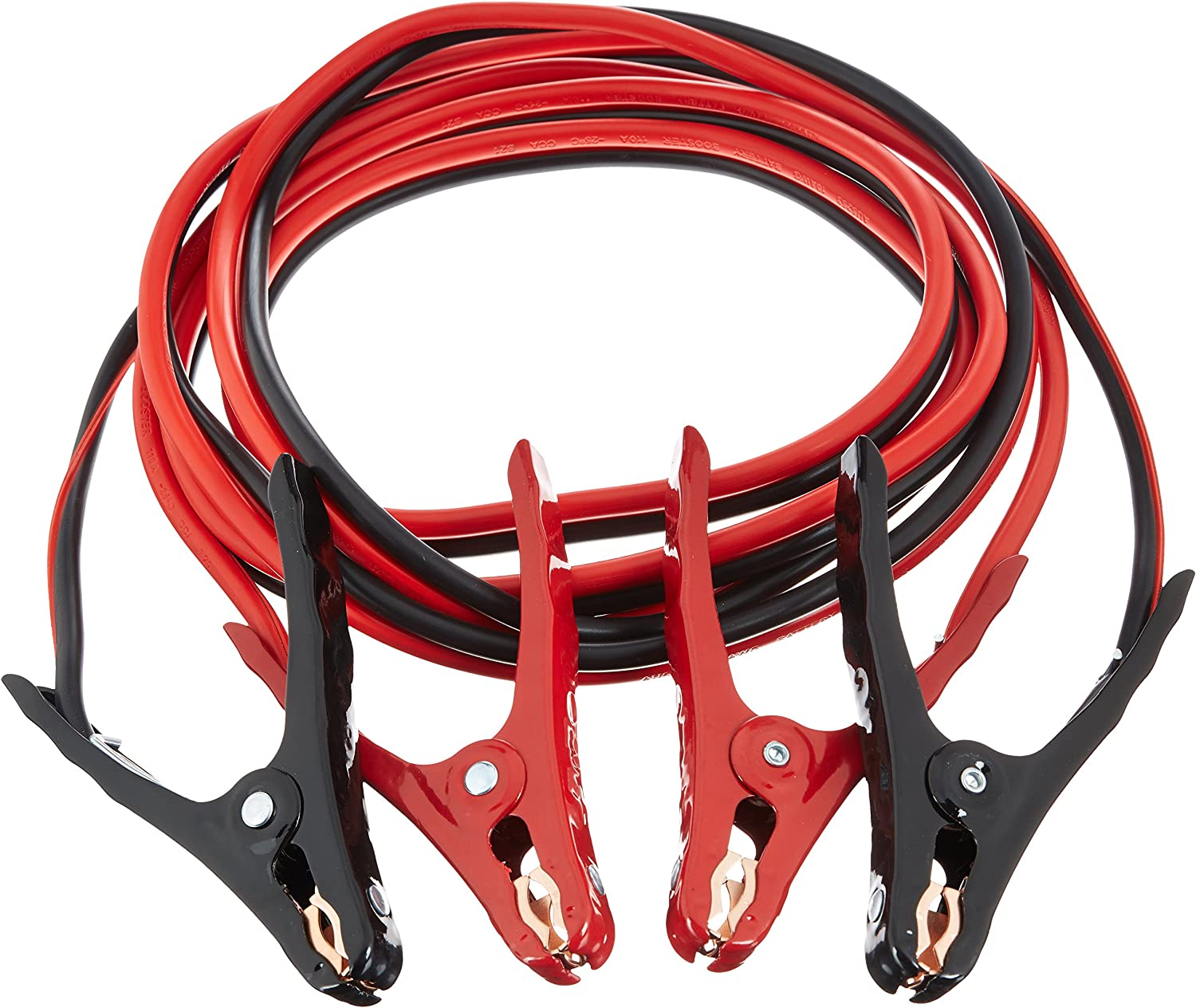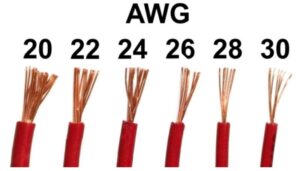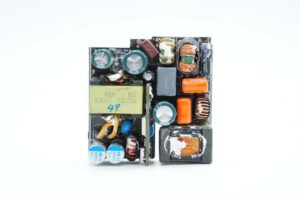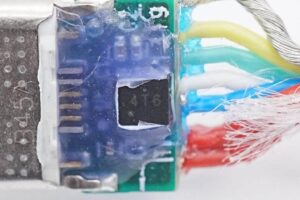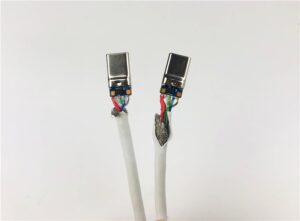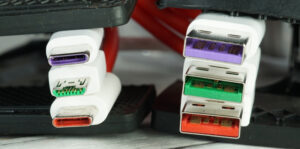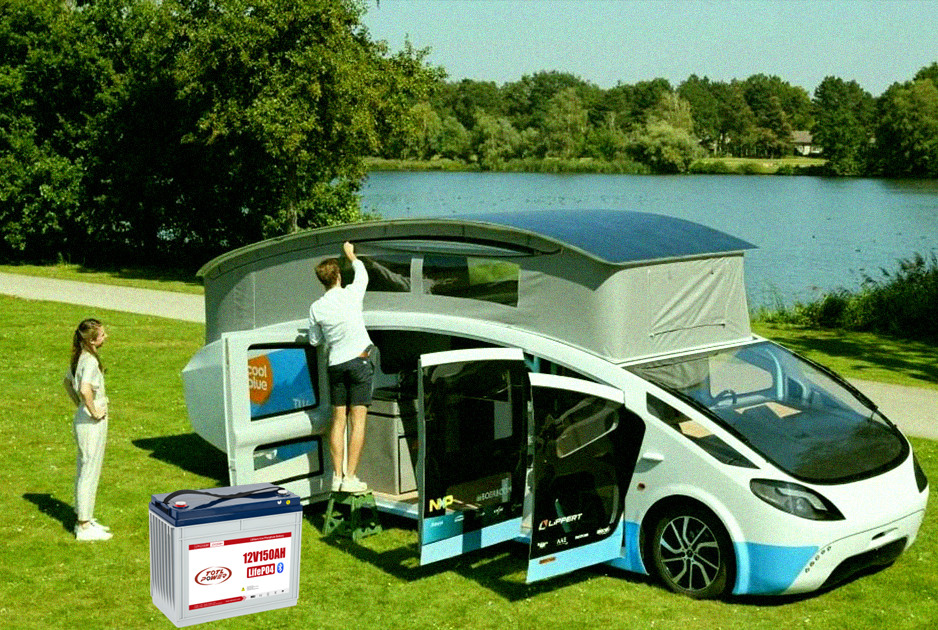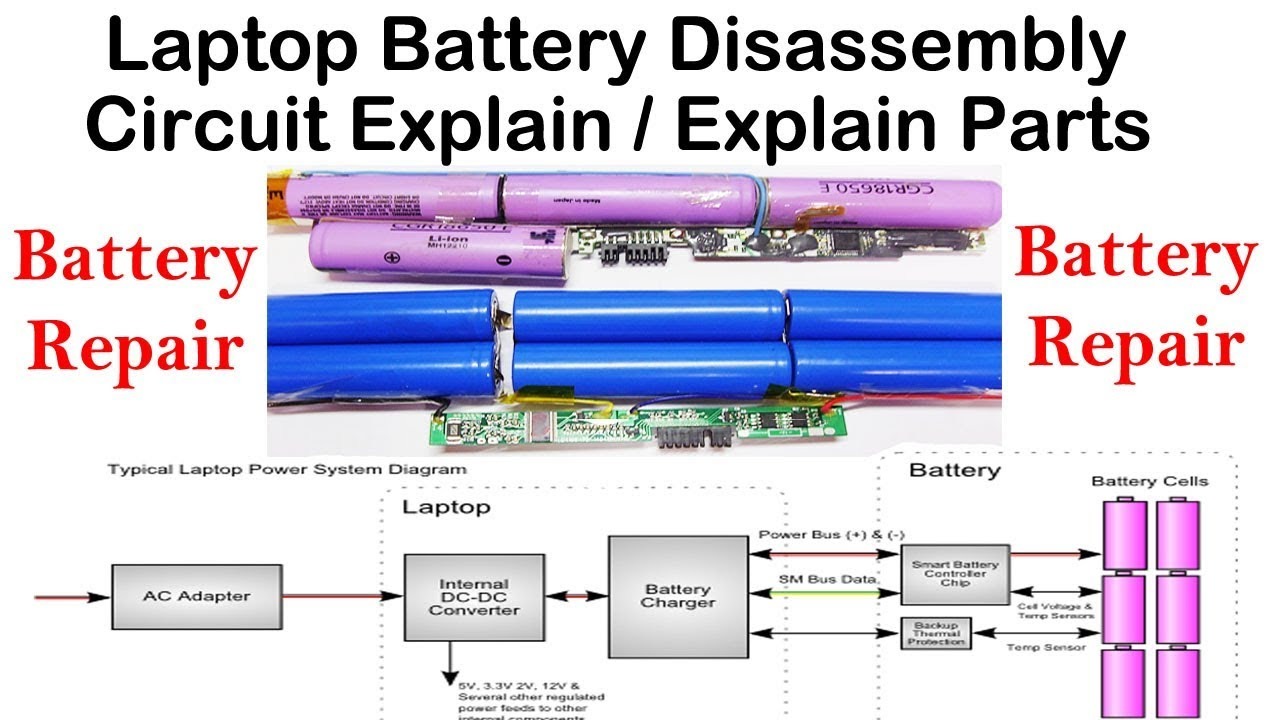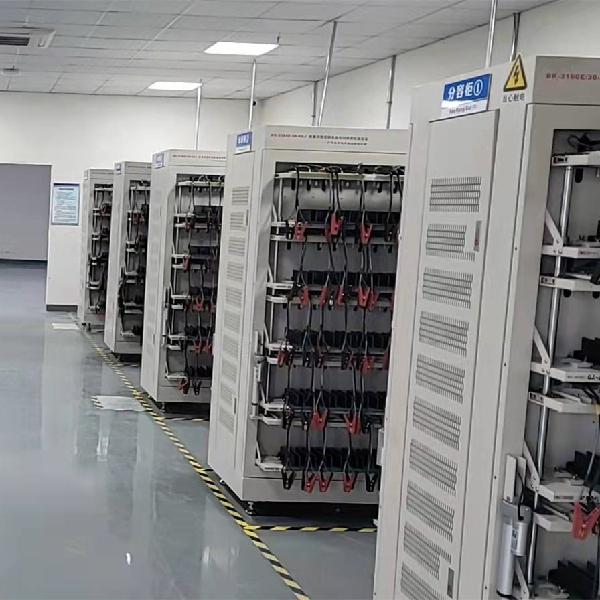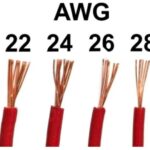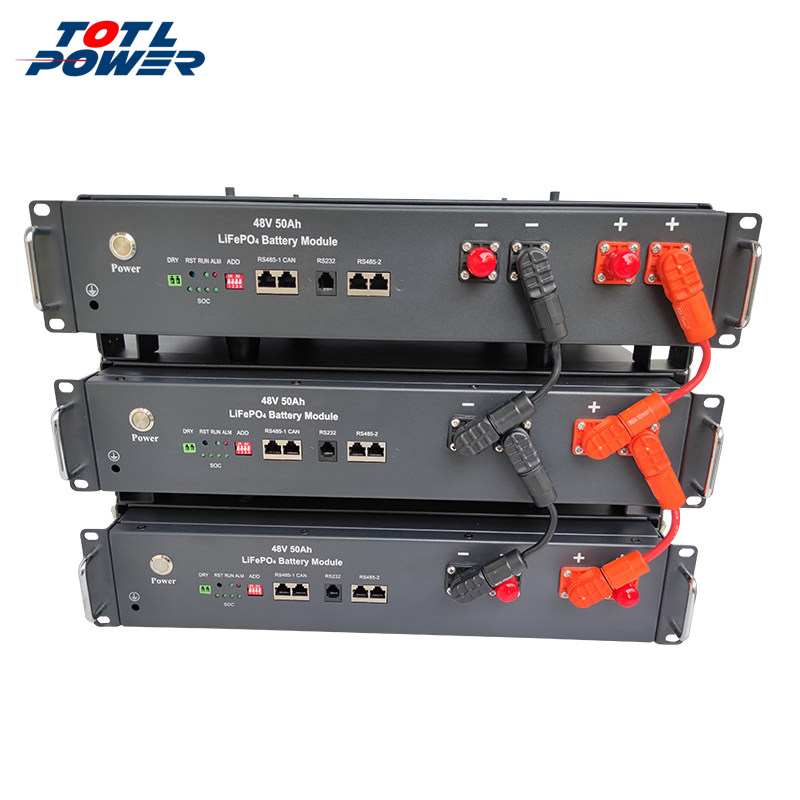What could be worse than walking out to your car after a long day of work only to have a dead battery. Maybe you left an interior light on or your battery has simply reached the end of its life. Either way, car batteries don’t typically give you signs of trouble until it’s too late, and then your car just won’t start.
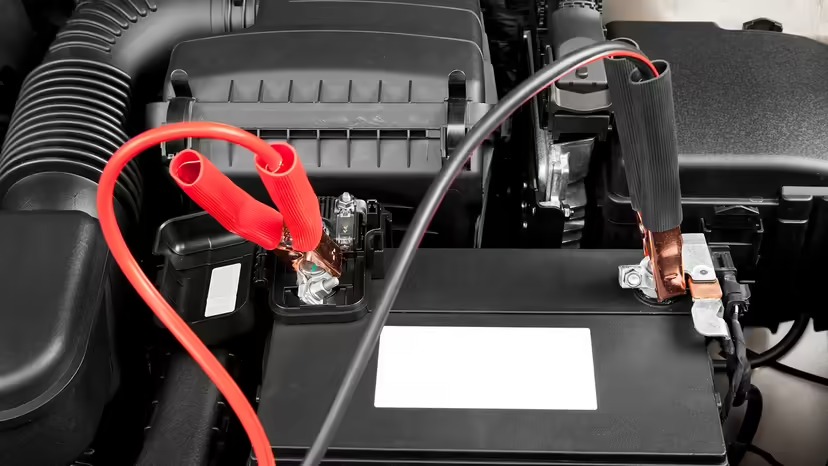
So no matter how old (or new) your car is, owning a working set of jumper cables — and knowing how to use them — is a must. First you need the right pair of cables. When you really need them, any set is better than none at all, but if you’re buying new jumper cables, Popular Mechanics suggests ones that are 4 to 6 gauge and at least 20 feet (6 meters) long.
Those extra-long cables will come in handy and make connecting batteries easier if you can’t put two cars directly next to each other. Also look for jumpers with thicker cables and heavy clamps. They’ll be more durable and last longer.
Of course, when it comes time to jump your battery, it’s very important to handle the cables properly. Always keep the red and black clamps from touching, and be sure the cables stay apart when you’re getting set up — especially once you have the clamps connected to a live battery. If the clamps touch when they’re “hot,” it could short out one or both cars and will definitely create some sparks.
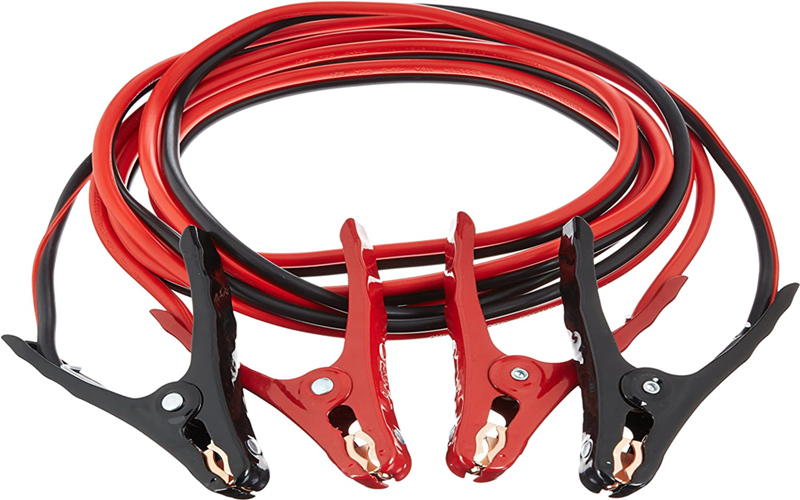
Since using jumper cables incorrectly can be dangerous, follow every step precisely. Most jumper cables have an instruction card or label so you can make sure you’re connecting them the right way.

How to Connect Jumper Cables
- Begin by parking the vehicle with the good battery next to the car with the dead battery.
- Open the hoods of both cars and locate their batteries. If the batteries are covered by plastic hoods, remove the hoods so the battery posts are exposed.
- Locate the positive (+) and negative (-) posts. The positive post may be red, but it’s not always, so it’s best to look for the plus or minus sign to determine the post’s polarity. (Before you attach the clamps, be sure to remove any dirt from the posts.)
- Next, get out your jumper cables and connect one of the red clamps to the positive (+) post of the dead battery. Make sure that the clamp is firmly connected. Clamp the matching end of the same cable to the positive (+) post on the working battery.
- Connect one of the black clamps to the negative (-) post of the good battery. Make sure the clamp is firmly connected. But instead of connecting the other end of the cable to the negative post of the dead battery, clamp it to a bare, metal surface on the engine of the dead car — like a bolt or a screw. This will provide grounding for the jump start.
Jump Start the Battery
- Start the functioning car’s engine first and let it idle for a few minutes.
- Start the dead car’s engine and let it idle for a few minutes.
- If the dead car starts without any issues, carefully disconnect the black clamp from its battery first. Then disconnect the black clamp from the other car.
- Finally, remove the red clamp from the good car’s battery and then from the once-dead battery.
It’s best to keep your car running for a good while to help recharge the battery, but you should also consider having its voltage checked to be sure it doesn’t need replacing.
Jumper Cables FAQ
Can I get jumper cables at gas stations?
What are jumper cables used for?
Why do I need heavy-duty jumper cables?
Do I need to turn off my car before disconnecting the jumper cables?
How do I connect jumper cables?

